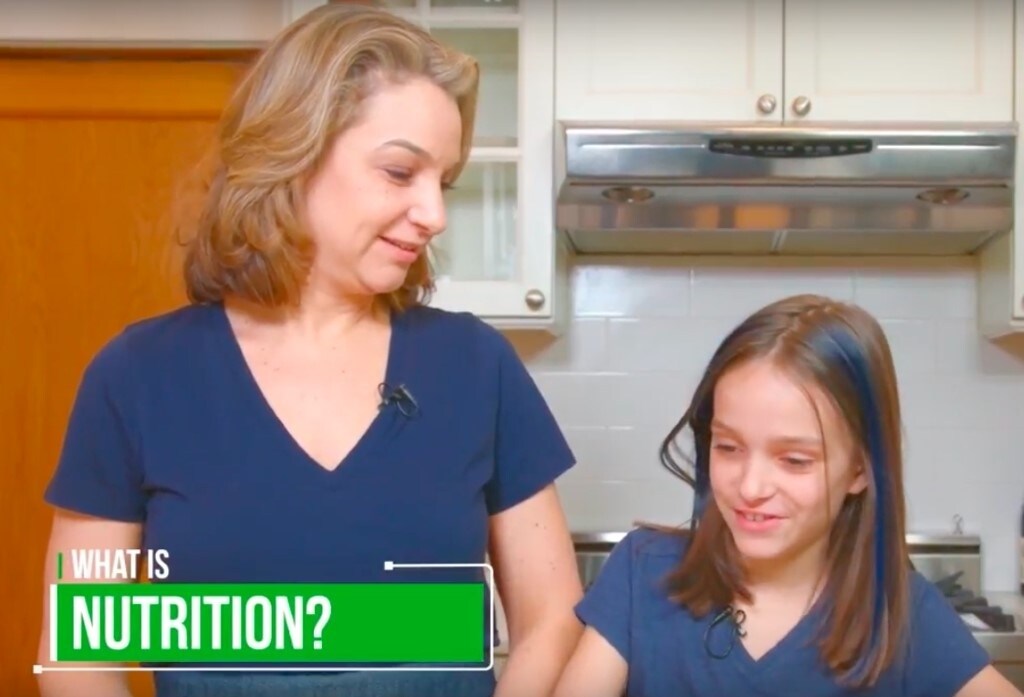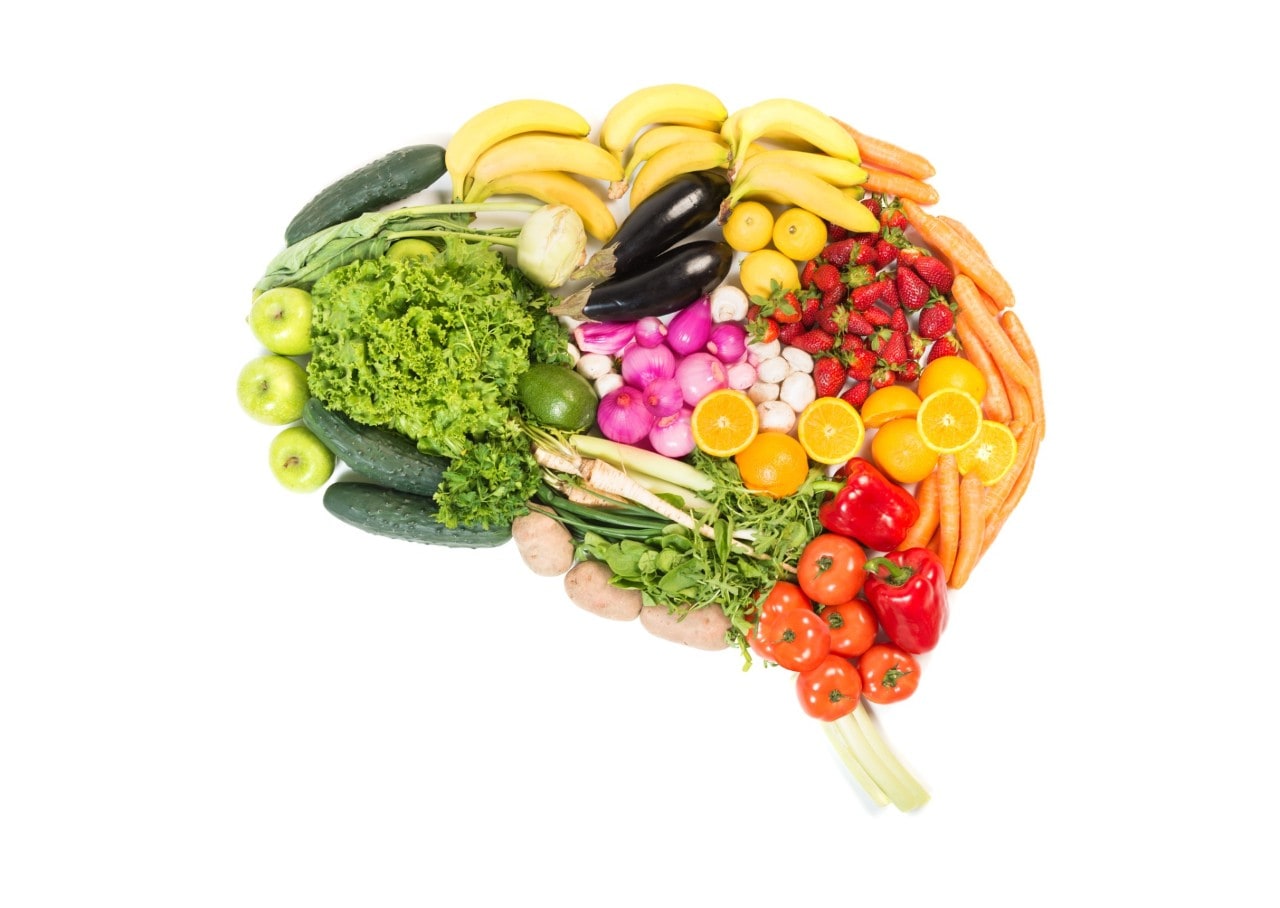Think you get enough vitamins in your diet each day? With a healthy, varied diet, you might be. But if you are like 31 percent of the U.S. population – or about 1 in every 3 people – you may be at risk of at least one vitamin deficiency or anemia! (1)
Recently researchers analyzed data from the National Health and Nutrition Examination Survey (NHANES). (1) What is NHANES, you ask? Through interviews and physical examinations, NHANES studies a representative sample of the U.S. population in order to assess health and nutrition status.
With the data collected by NHANES in years 2003-2004 and 2005-2006, Bird et al. completed a secondary analysis of more than 15,000 participants ages 9 years and older in order to assess micronutrient status for vitamins A, B6, B12, C, D, E, folate and iron. With the data from two 24-dietary recalls, biochemical data and demographic data, the researchers made sense of all of the information.
What The Researchers Found
The researchers discovered a couple of key facts within the data, including:
- 69% of the group tested was not at risk of deficiencies for the nutrients tested. However, 23%, 6.3%, 1.5%, 0.014% and 0.053% was at risk of deficiency in one, two, three, four and five vitamins or had anemia, respectively. That means that nearly 1/3 of U.S. adults may be at risk of deficiency for at least one vitamin! (1)
- The most common biochemical deficiency was for vitamin B6, followed by vitamin D, vitamin C and vitamin B12. (1)
- The risk of deficiency in vitamins or anemia was higher among females (compared to males), non-Hispanic Blacks (compared to non-Hispanic Whites) and lower household incomes (compared to higher household income categories). (1)
- A risk of deficiency was most frequent in pregnant or breastfeeding females, aged 19-50 years, and adolescent females aged 14-18 years. Due to the extra amount of work needed by the body in these life stages, this group has higher nutrient demands, which make them more vulnerable to deficiency. (1)
- Those who do not use dietary supplements had a higher risk of deficiency (40%) compared to those who use a full spectrum multivitamin-multimineral supplement (14%). (1)
What This Means For You
Knowledge is power when it leads to action, so power up your health with this information! Based on the facts above, you may realize that you may be at risk for vitamin deficiencies or anemia. But, you can adopt healthy strategies to reduce your risk including:
- Eat a well-balanced, varied diet. In the study, individuals who consumed the EARs and RDAs (in other words, the amount of each nutrient recommended to consume daily) were less likely to be at risk of deficiency.
- Get more B6. For more vitamin B6, top your salads with cooked chickpeas for vitamin B6 or pop roasted chickpeas by the handful for a healthy snack. Consider choosing wild salmon burgers once a week for dinner. Sprinkle pistachios over a banana spread with peanut butter for breakfast, or enjoy ½ of an avocado stuffed with skipjack tuna for lunch. Chickpeas, salmon, bananas, pistachios, and tuna are all sources of vitamin B6.
- Look to the various sources of vitamin D. Add salmon to dinner for a healthy amount of vitamin B6, plus vitamiD and B12, too. And when it comes to vitamin D, realize that dairy products are good sources as are foods like sardines and egg yolks. Plus, your body can synthesize its own vitamin D from the sun, so strive to go outside for 5-30 minutes at least two days per week. And while you’re out, take a walk -- more physical activity is better for your health too!
- Eat your vegetables and fruits. Vegetables and fruits help you quickly meet your daily needs for vitamin C! In fact, just ½ a green pepper, 1 kiwi, or 1 cup of strawberries each provide 100 percent of your daily vitamin C needs! More matters when it comes to vegetables and fruits, so aim to include at least one produce item at each meal.
- Focus on affordable, nutrient-dense foods. Beans and legumes like chickpeas and pinto beans deliver vitamin B6, plus they are often affordable…especially when purchased dry! Bananas, peanut butter, oats, greens and frozen produce can fit into a healthy diet and a balanced budget.
- Consider a quality dietary supplement to help cover the gaps in your diet, wherever they may be. Because the form of a vitamin or mineral affects its absorption, work with a qualified healthcare provider to determine which dietary supplement may be right for you.
Have questions about how you can say YES! to a healthier lifestyle more often to better avoid nutrient deficiencies? Connect with me on Facebook @YESNutritionLLC.










